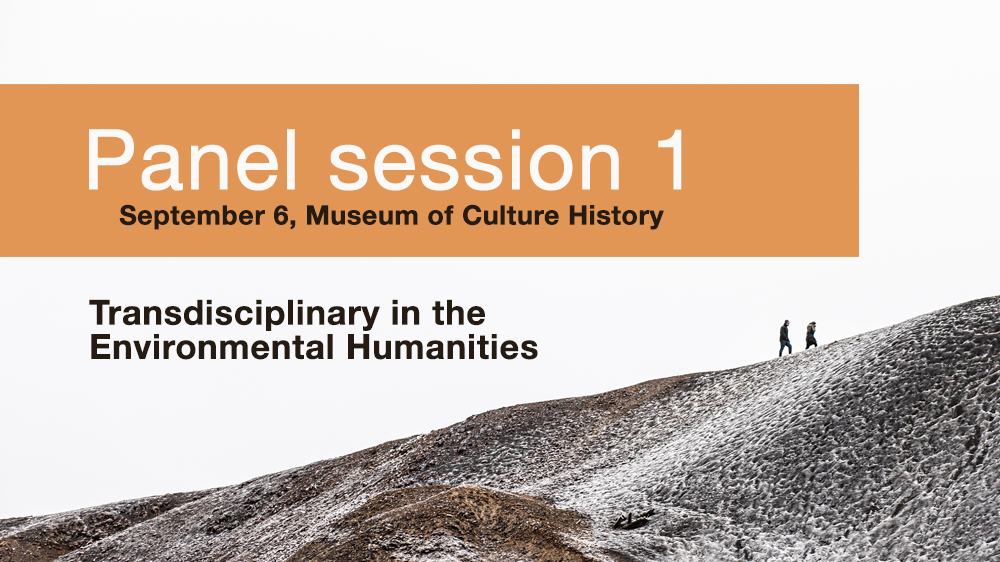Abstract
This panel draws on an understanding of the planetary as a part of wider debate of the historical, social and material order of the planet. Our focus is on material and aesthetic means of sensing and environmental transformations as forged through visual art. Here, we turn to the process philosopher’s Gilbert Simondon’s notion of “associated milieu” and Donna Haraways coinage of the term “Cthulucene” to describe different types of relational forces and transformations on earth. Through this relational, processual framework, our aim is to discuss how artistic practices within the environmental humanities offer great potential for “on the ground action” and practical exploration of the planetary. Often, artistic practice and artworks are reduced to mere vessels for environmental themes; for instance how they respond to important issues such as climate change or problems of extraction. Our panel will meet this issue head-on by exploring how transdisciplinary artistic practice, history and theory can contribute to the environmental humanities through aesthetic modes of visualization of planetary information. This panel will present art historians and visual artists dealing with planetary aesthetics; the awareness of the environmental and crisis in the making of art; conceptions of ecology, configurations, and modes of perception and sensing emerging within artistic practices. Our main ambition is to discuss the visual art’s role and contribution to new perspectives for the environmental humanities.
The panel will be organized as a series of short individual presentations (Yazdani, Baumann and Winterling) with a 30 min roundtable discussion in the second half. Graesse will introduce and contextualize the roundtable discussion within the symposium`s theme. The panel will have a visual platform where the discussion develops around visual artworks, video and photography.
The panel will be chaired by Malin Graesse, and is part of the symposium on “Transdisciplinary in the Environmental Humanities”.
Papers
- Hans Baumann, Greenhouse, University of Stavanger, “Lithospheric Transference”.
- Malin Graesse, University of Stavanger, “Planetary Configuration: Art for Planetary Knowledge”
- Susanne M. Winterling, Oslo National Academy of the Arts, “Planetary Sensing”
- Sara R. Yazdani, Oslo National Academy of the Arts, “Art, Water, Bodies“
About the Symposium
As the Norwegian Researcher School in Environmental Humanities (NoRS-EH) starts its 5th year, the Oslo School of Environmental Humanities (OSEH) is organizing a symposium on “Transdisciplinary in the Environmental Humanities” on 6 and 7 September 2023 to highlight and celebrate the innovative environmental humanities research happening in Norway and neighboring Scandinavian countries, especially by early career researchers. Read more about the programme for the symposium here.
